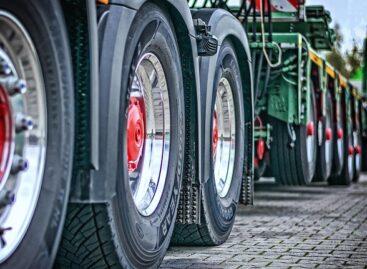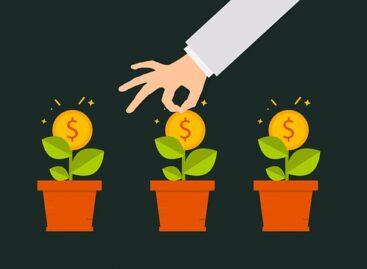New study unveils how the CAP is contributing to animal welfare and antimicrobial use reduction
The European Commission published a study examining how the Common Agricultural Policy (CAP) 2014-20 contributed to improving animal welfare and reducing antimicrobial use. The study provides a snapshot of the situation regarding animal welfare and use of antimicrobials throughout the EU, as well as recommendations to better assess the future achievements of the CAP 2023-27 in that regard. Improving animal welfare and combatting antimicrobial resistance are included in one of the ten objectives of the new CAP, “responding to societal demands on food & health”.
CAP instruments and measures have the ability to contribute to animal welfare and antimicrobial use reduction. In most of the regions/Member States studied, animal welfare and antimicrobial use were mostly addressed through rural development measures. They proved to be most effective when combining investments in better housing conditions, feeding, and health management.
Pressure from civil society can also lead farmers and managing authorities to support changes in practices. For example, marketing standards for egg production set at EU level influenced consumer demand and production choices by requiring mandatory labelling of eggs according to the production systems and housing conditions of laying hens.
As a whole, the CAP appears to have helped improve animal welfare locally, in specific sectors and/or Member States and regions, depending on the implementation choices. The main recommendation is for Member States to implement more widespread measures targeting animal welfare. A common EU methodology to document best animal welfare practices to implement on-farm, with relevant targets, should be developed.
The study suggests providing a comprehensive overview of the number of animals concerned by different types of interventions addressing animal welfare and antimicrobial use at national level. To properly assess the effects of the CAP, the data should distinguish between the different sectors concerned (e.g. cattle, sheep/goats, pigs, poultry, rabbits) and use the number of animals rather than the number of livestock units. Advisory services should also be encouraged as they have proven to be effective in raising farmers’ technical knowledge on best animal welfare practices.
Another recommendation is to explore the extension of mandatory labelling to other animal-husbandry sectors, by mentioning production systems or housing conditions on the label, similar to the current marketing standards for eggs.
Related news
More than 100 Hungarian farmers also demonstrated in Brussels
🎧 Hallgasd a cikket: Lejátszás Szünet Folytatás Leállítás Nyelv: Auto…
Read more >Young farmers in the EU: lack of capital remains a key issue in generational change
🎧 Hallgasd a cikket: Lejátszás Szünet Folytatás Leállítás Nyelv: Auto…
Read more >Hungarian farmers made their voices heard in Brussels
🎧 Hallgasd a cikket: Lejátszás Szünet Folytatás Leállítás Nyelv: Auto…
Read more >Related news
Hungarian Confectionery Manufacturers Association: trends in 2025 and prospects for 2026
🎧 Hallgasd a cikket: Lejátszás Szünet Folytatás Leállítás Nyelv: Auto…
Read more >Fidelity Outlook 2026: Who will bring the pick and shovel to artificial intelligence?
🎧 Hallgasd a cikket: Lejátszás Szünet Folytatás Leállítás Nyelv: Auto…
Read more >This is how the lives of sole proprietors will change from January 1: the individual tax-free limit will increase to 20 million forints, SZOCHO will be transformed
🎧 Hallgasd a cikket: Lejátszás Szünet Folytatás Leállítás Nyelv: Auto…
Read more >






